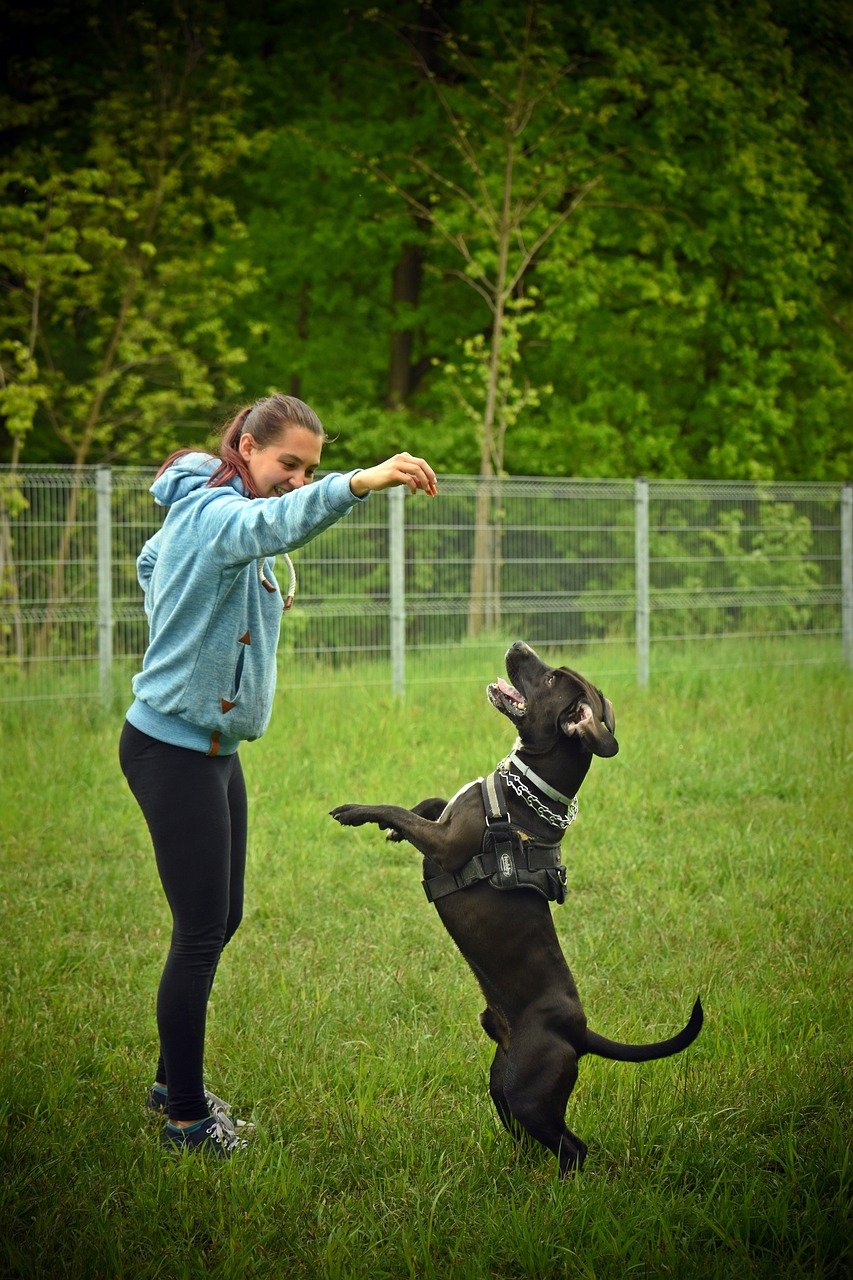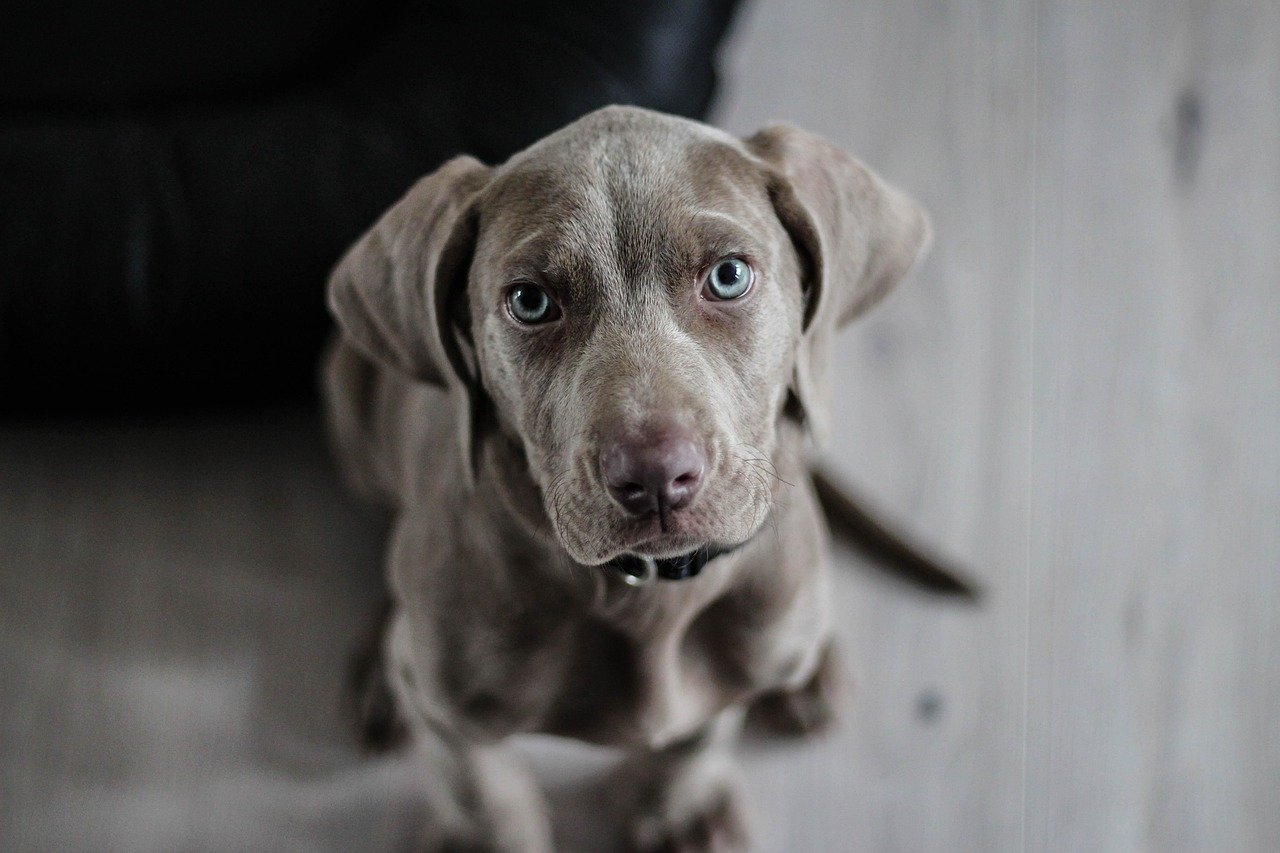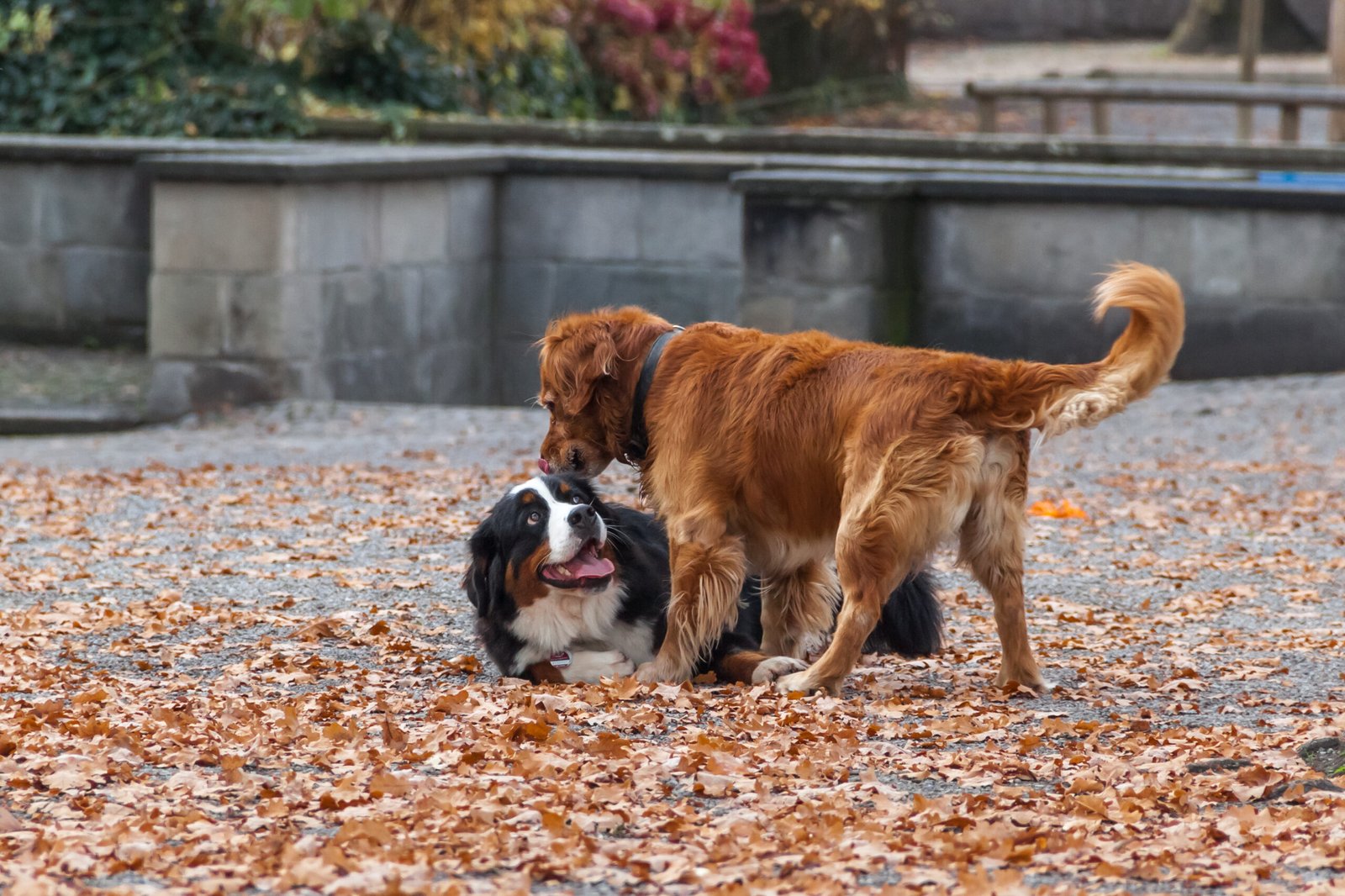Have you ever wondered why your dog seems timid or hesitant in certain situations? Dogs, much like humans, can experience fluctuations in confidence. While we often aim to nurture and support our furry friends, there are certain actions we might unknowingly take that can chip away at their self-assurance. In this article, we’ll explore five things that can break your dog’s confidence, followed by six good habits to cultivate instead. Whether you’re a seasoned dog owner or a newbie, understanding these nuances can make a world of difference in your pet’s life.
1. Yelling and Harsh Discipline

Just like people, dogs thrive when they feel safe, understood, and supported. But sometimes, even with the best intentions, certain actions can chip away at a dog’s confidence—making them anxious, hesitant, or unsure of themselves. The good news? With a little awareness and a lot of love, we can replace those missteps with positive habits that build trust and emotional resilience.
Yelling at your dog might seem like a quick way to correct unwanted behavior, but it can have lasting negative effects. Dogs are highly sensitive to tone and volume, and shouting can make them feel scared or threatened. Imagine being in a world where someone ten times your size is yelling at you—it’s intimidating! This fear can lead to a lack of confidence and even anxiety. Instead of using harsh discipline, try to remain calm and use positive reinforcement. This encourages your dog to learn through rewards rather than fear, building trust and confidence in the process.
2. Inconsistent Training

Consistency is key when it comes to effective dog training. If commands and expectations change frequently, your dog may become confused and unsure of what is expected. This inconsistency can lead to frustration and a decline in confidence as they struggle to understand their role. Think of it as trying to learn a new skill where the rules keep changing—it’s frustrating! Instead, establish a clear set of rules and stick to them. Consistent training helps your dog feel secure and confident in their actions.
3. Ignoring Socialization
Socialization is crucial for a dog’s development and confidence. Dogs that aren’t exposed to a variety of environments, people, and other animals can become fearful and anxious in new situations. Imagine never leaving your home and then suddenly being thrust into a bustling city—overwhelming, right? By not prioritizing socialization, you may inadvertently cause your dog to be wary of new experiences. To build confidence, gradually introduce your dog to different settings and ensure these experiences are positive and rewarding.
4. Overprotectiveness
While it’s natural to want to protect your dog from harm, being overly protective can hinder their ability to build confidence. If you constantly shield them from new experiences or challenges, they may become overly dependent and unable to handle situations on their own. It’s like never letting a child play outside for fear they might fall—how will they ever learn? Encourage independence by allowing your dog to explore and solve problems on their own, providing support when needed.
5. Lack of Mental Stimulation

Dogs are intelligent creatures that thrive on mental challenges. Without adequate mental stimulation, they can become bored, leading to destructive behaviors and a decrease in confidence. Imagine sitting in a room with nothing to do—it’s not fun! Engage your dog’s mind with puzzle toys, training exercises, and interactive games. By keeping their mind active, you help build their confidence and overall well-being.
6. Positive Reinforcement Techniques
Instead of focusing on what not to do, let’s explore some positive habits to boost your dog’s confidence. Positive reinforcement is one of the most effective training methods. Reward your dog for good behavior with treats, praise, or playtime. This helps them associate positive actions with rewards, strengthening their self-esteem and eagerness to learn.
7. Building a Routine
Dogs thrive on routine and predictability. Establishing a consistent daily schedule for feeding, walks, and playtime can provide a sense of security. Just like humans, knowing what to expect can alleviate stress and build confidence. A structured routine helps your dog understand their environment and feel more secure in their day-to-day life.
8. Encouraging Exploration
Allowing your dog to explore their surroundings is crucial for building confidence. Take them on walks in different environments, let them sniff and investigate, and encourage curiosity. This exploration helps them learn about the world and boosts their confidence in navigating various situations. It’s like being a tourist in a new city—exciting and confidence-boosting!
9. Socialization Opportunities

Providing your dog with ample socialization opportunities is vital. Arrange playdates with other dogs, visit dog parks, and expose them to different people and animals. These interactions help your dog become more comfortable and confident in social settings. It’s like attending social gatherings—each experience enhances social skills and confidence.
10. Encouraging Problem-Solving
Give your dog the chance to solve problems on their own. This could be as simple as figuring out how to retrieve a toy from under the couch or navigating an agility course. Problem-solving exercises stimulate their mind and boost confidence. Think of it as solving a puzzle—each success builds self-assurance and a sense of accomplishment.
11. Providing Unconditional Love and Support
Lastly, never underestimate the power of love and support. Your dog looks to you for guidance and reassurance. Shower them with affection, be patient, and celebrate their successes, no matter how small. This loving environment fosters a sense of security and confidence, knowing they are cherished and valued. After all, isn’t love the greatest confidence booster of all?
As you embark on this journey to build your dog’s confidence, remember that small changes can make a big difference. With patience, love, and understanding, you can help your furry friend thrive in a world full of adventures and new experiences. What positive habits will you start implementing today?

Andrew Alpin from India is the Brand Manager of Doggo digest. Andrew is an experienced content specialist and social media manager with a passion for writing. His forte includes health and wellness, Travel, Animals, and Nature. A nature nomad, Andrew is obsessed with mountains and loves high-altitude trekking. He has been on several Himalayan treks in India including the Everest Base Camp in Nepal.






